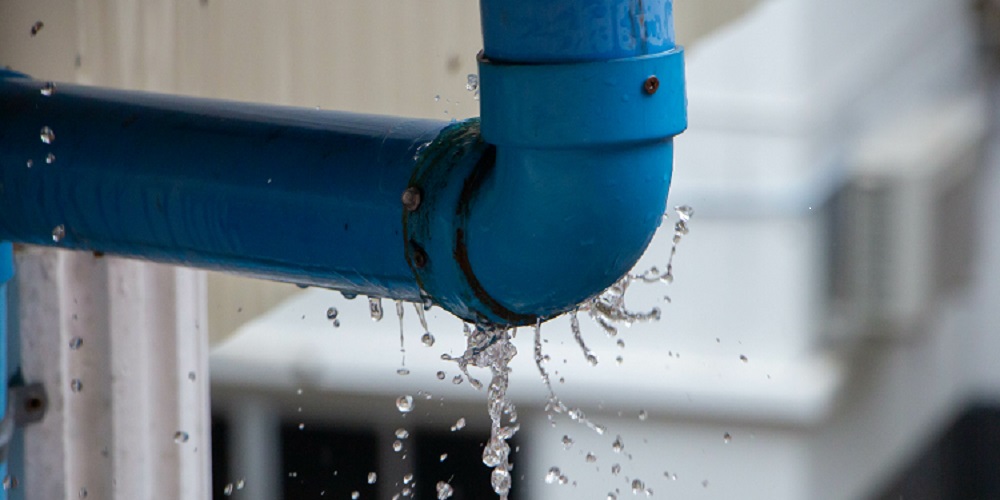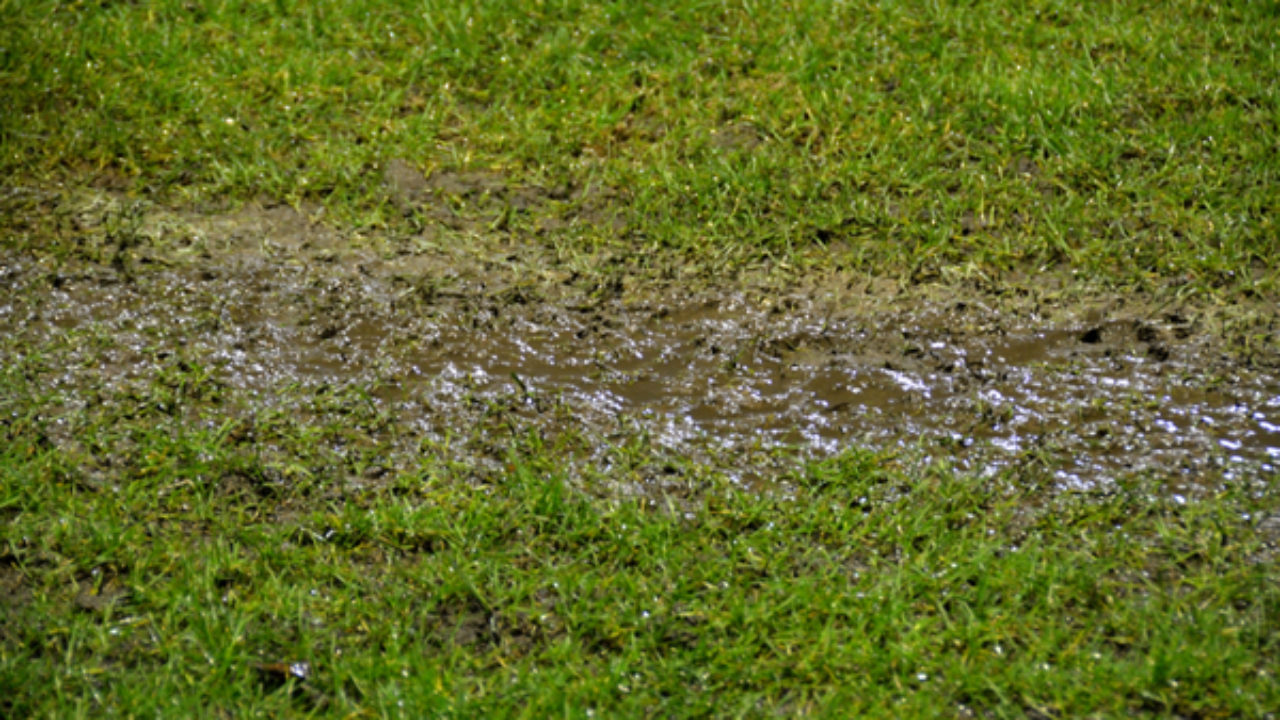Finding Hidden Water Line Leaks: Six Practical Detection Tricks
Finding Hidden Water Line Leaks: Six Practical Detection Tricks
Blog Article
Have you been looking for info on Detecting hidden plumbing leaks?

Early detection of leaking water lines can alleviate a possible disaster. Some small water leakages may not be noticeable.
1. Examine the Water Meter
Every home has a water meter. Inspecting it is a proven way that helps you find leakages. For starters, shut off all the water resources. Ensure no one will purge, make use of the tap, shower, run the washing machine or dish washer. From there, go to the meter and watch if it will certainly alter. Considering that no person is utilizing it, there need to be no activities. If it moves, that suggests a fast-moving leakage. If you detect no modifications, wait a hr or 2 and inspect back again. This indicates you might have a slow-moving leakage that can even be below ground.
2. Check Water Intake
Analyze your water expenses and also track your water usage. As the one paying it, you must notice if there are any kind of inconsistencies. If you spot sudden changes, despite your consumption coinciding, it indicates that you have leakages in your plumbing system. Keep in mind, your water bill must drop under the same variety each month. An unexpected spike in your bill shows a fast-moving leak.
A constant rise every month, also with the exact same habits, reveals you have a slow-moving leak that's additionally slowly rising. Call a plumber to completely check your residential or commercial property, especially if you really feel a cozy location on your flooring with piping beneath.
3. Do a Food Coloring Test
When it involves water usage, 30% originates from bathrooms. Examination to see if they are running appropriately. Decrease flecks of food color in the container and also wait 10 mins. If the color in some way infiltrates your bowl during that time without flushing, there's a leakage in between the tank as well as dish.
4. Asses Exterior Lines
Don't forget to check your outside water lines also. Should water seep out of the connection, you have a loosened rubber gasket. One small leakage can lose bunches of water and also increase your water costs.
5. Assess the scenario as well as check
House owners should make it a habit to check under the sink counters and also also inside cupboards for any type of bad odor or mold growth. These 2 warnings indicate a leakage so punctual interest is needed. Doing routine evaluations, even bi-annually, can save you from a major problem.
Examine for stainings and damaging as a lot of appliances and also pipelines have a life span. If you suspect dripping water lines in your plumbing system, don't wait for it to rise.
Early detection of dripping water lines can reduce a potential catastrophe. Some tiny water leakages may not be noticeable. Inspecting it is a surefire method that helps you find leaks. One small leak can throw away heaps of water and surge your water bill.
If you presume leaking water lines in your plumbing system, do not wait for it to escalate.
WARNING SIGNS OF WATER LEAKAGE BEHIND THE WALL
PERSISTENT MUSTY ODORS
As water slowly drips from a leaky pipe inside the wall, flooring and sheetrock stay damp and develop an odor similar to wet cardboard. It generates a musty smell that can help you find hidden leaks.
MOLD IN UNUSUAL AREAS
Mold usually grows in wet areas like kitchens, baths and laundry rooms. If you spot the stuff on walls or baseboards in other rooms of the house, it’s a good indicator of undetected water leaks.
STAINS THAT GROW
When mold thrives around a leaky pipe, it sometimes takes hold on the inside surface of the affected wall. A growing stain on otherwise clean sheetrock is often your sign of a hidden plumbing problem.
PEELING OR BUBBLING WALLPAPER / PAINT
This clue is easy to miss in rooms that don’t get much use. When you see wallpaper separating along seams or paint bubbling or flaking off the wall, blame sheetrock that stays wet because of an undetected leak.
BUCKLED CEILINGS AND STAINED FLOORS
If ceilings or floors in bathrooms, kitchens or laundry areas develop structural problems, don’t rule out constant damp inside the walls. Wet sheetrock can affect adjacent framing, flooring and ceilings.
https://www.servicemasterbyzaba.com/blog/how-to-detect-water-leakage-in-walls/

As an enthusiastic person who reads on Top leak detection hacks, I assumed sharing that post was sensible. Are you aware of another individual who is curious about the subject? Why not promote it. Thanks so much for going through it.
Need urgent plumbing repairs? Call. Report this page